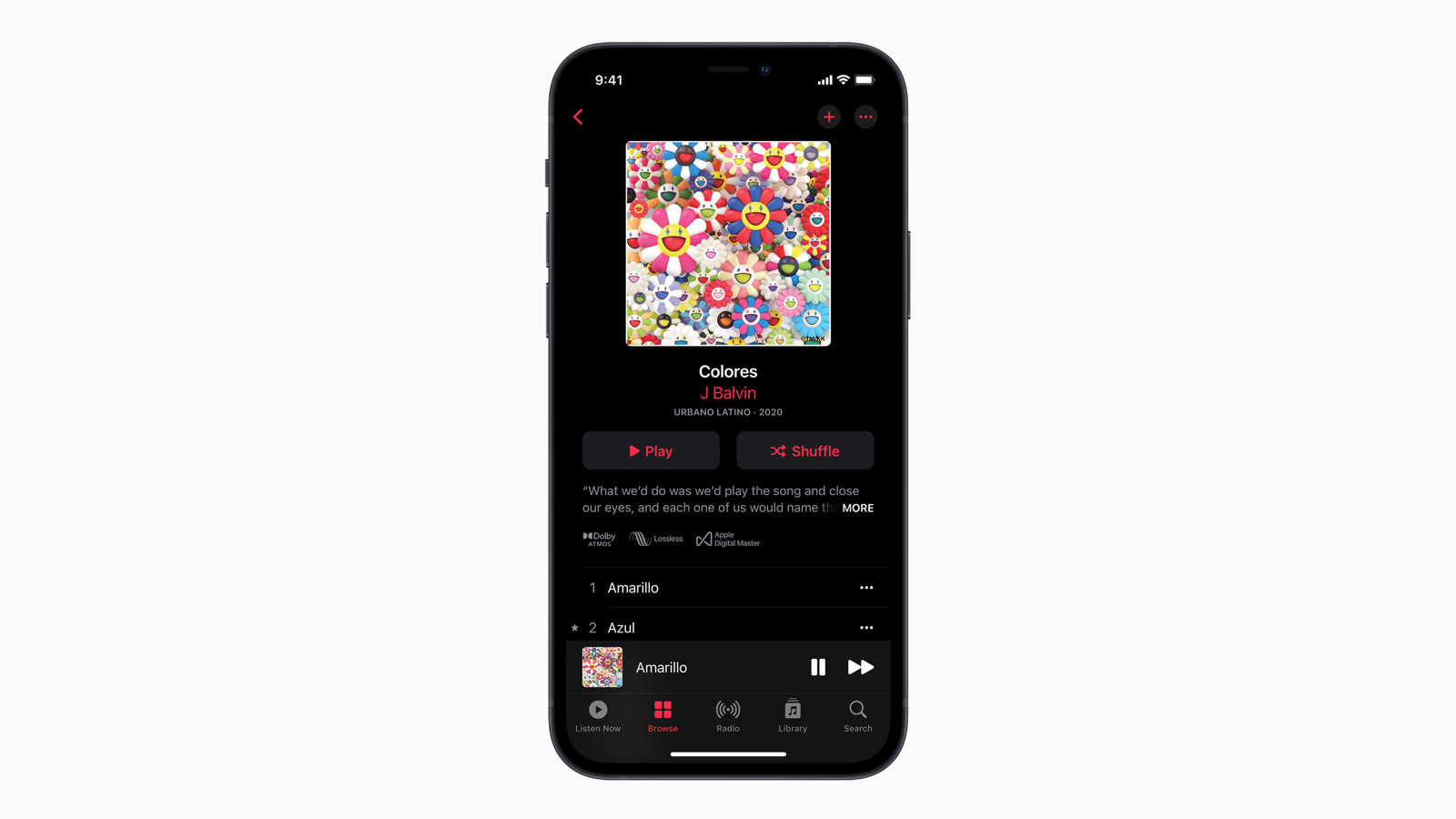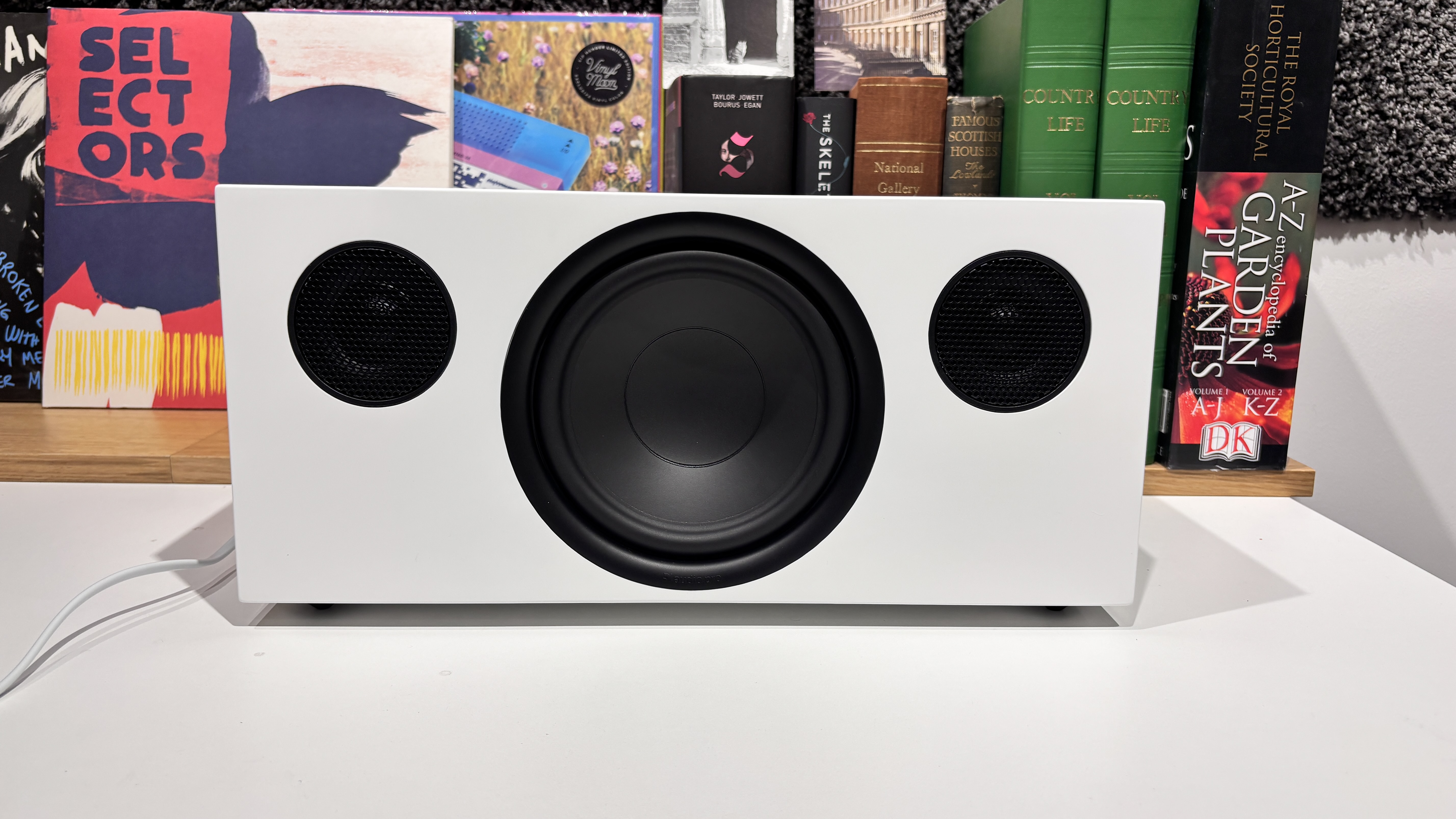iPhone 13 will apparently feature a 120Hz screen with an always-on mode
According to analyst Mark Gurman

More news on what to expect from the iPhone 13: Apple's next smartphone could have an always-on 120Hz screen, according to Bloomberg analyst Mark Gurman. 9to5Mac reports that Gurman made the claim in his 'Power On' newsletter.
An always-on display would mean – as with the Apple Watch – you could see information at a glance without having to wake the phone. Such info could include the weather, time, and even messages and notifications. Always-on screens have been a feature of Android phones for years now, and have long been expected on the iPhone, but Apple has so far resisted the implementation.
Maybe it has only now reached a point where an always-on screen doesn't drain the battery too much. Though the fact that Gurman describes it as an "always-on mode" suggests it could be deactivated, which in turn suggests it would have some impact on battery life.
The second part of the rumour is less of a surprise. We've heard rumblings concerning a 120Hz iPhone for a while now, and with even mid-market smartphones having the feature, Apple would look a little behind the times if it didn't up the refresh rate for its next models.
The iPhone 12 range has 60Hz screens, so this upgrade would represent a doubling of the refresh rate. A higher refresh rate means less blur and better rendering of fast-moving content such as sports and games.
Aside from that, Gurman also reckons the iPhone 13 will have a faster chip, a smaller notch and better battery life. The chances of these are all high.
Apple is expected to launch the iPhone 13 in September, in line with previous years (last year excepted). We'll bring you plenty more news, leaks and rumours before then.
The latest hi-fi, home cinema and tech news, reviews, buying advice and deals, direct to your inbox.
MORE:
Check out the best iPhones available
Browse this week's best iPhone deals and cheapest prices
OS agnostic? These are the best smartphones you can buy
What Hi-Fi?, founded in 1976, is the world's leading independent guide to buying and owning hi-fi and home entertainment products. Our comprehensive tests help you buy the very best for your money, with our advice sections giving you step-by-step information on how to get even more from your music and movies. Everything is tested by our dedicated team of in-house reviewers in our custom-built test rooms in London, Reading and Bath. Our coveted five-star rating and Awards are recognised all over the world as the ultimate seal of approval, so you can buy with absolute confidence.

